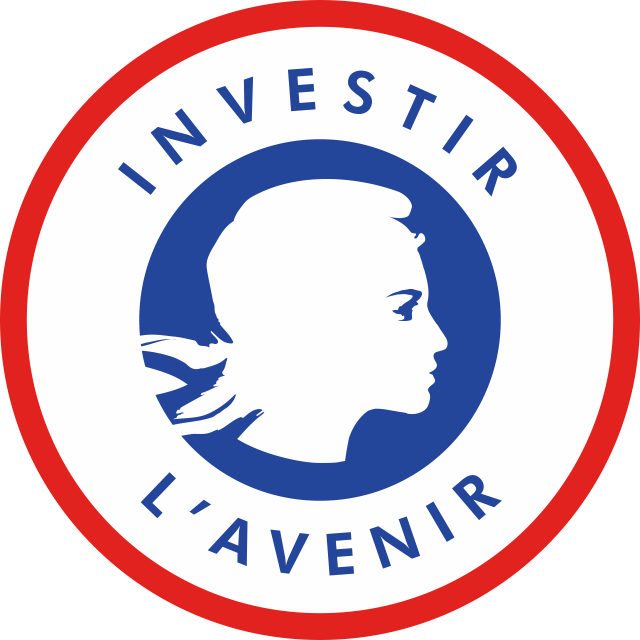THE CONSTRUCTION of post-war Europe was not just a political experiment; it was simultaneously a visual, spatial, cultural and memorial experience – as well as a fundamentally open and generous project: it was about creating a common landscape, in every sense of the term. The concept of landscape, at the crossroads of geography, philosophy, art, architecture, history, politics and sociology, appears an important nexus to explore the various dimensions of the European experiment, and its fundamental openness. Our project is decidedly and deliberately interdisciplinary in nature.
Today, the meaning of landscape is used, almost exclusively, to describe a natural scenery and its pictorial representation. Yet this aesthetic representation of our natural surroundings, which we usually see mainly tied to the artistic realm, is and actually always was, just as much, a political tool. Indeed, in early modernity, in Northern Germany, “landschaft” (later to become ‘landscape’) referred to the political experience of a community gathering together to decide the collective norms of their land. Originally, a landscape was thus a polity, an assembled group of citizens united by a common law, common history and common mores: a self-governing group of citizens, open and united. Later, the landscape as we have come to know it was used with great efficacy by the French king Louis XIV to shape the land as the territorial unity he himself wanted to embody: the landscape, with its centralised perspective, became the aesthetic form of the ideal national image he aimed at creating. In the same vein, the invention of the famous English landscape and garden, with its effort at imitating a prolific and unruly nature, arose in direct contradistinction with the hyper geometric French and Dutch versions of landscapes: Britishness, in its cultural and political allegiance to liberty and liberalism, made itself manifest in the landscape.
WE ARE ADOPTING THE STANCE that, while historically the landscape could be used to enclose or frame a particular political viewpoint (e.g. nationalism), thus directing the gaze of observers and citizens towards a given and pre-determined understanding of what is to be seen, we interpret landscape (with all its myriad dimensions) in contradistinction as a fundamentally open gesture, a gesture of “opening up” spaces, time, and horizons.
OUR PROJECT IS both retrospective and prospective. We envision landscape in the broad sense of the term, encompassing a visual, spatial, patrimonial and geographic reality, but, just as much, a linguistic, aural, cultural, social and political reality. Importantly, we aim to reclaim the political dimension of generosity, of largesse, in Europe’s landscape. This is all the more important at a time where authoritarian and xenophobic voices and regimes, whose essence is narrowness and exclusion, the opposite of largesse and inclusion, are raising their head again across the continent. Our project aims at recovering the largesse of Europe, in the double dimensions of the word: the spatial openness, and the political and moral generosity behind the European project.


